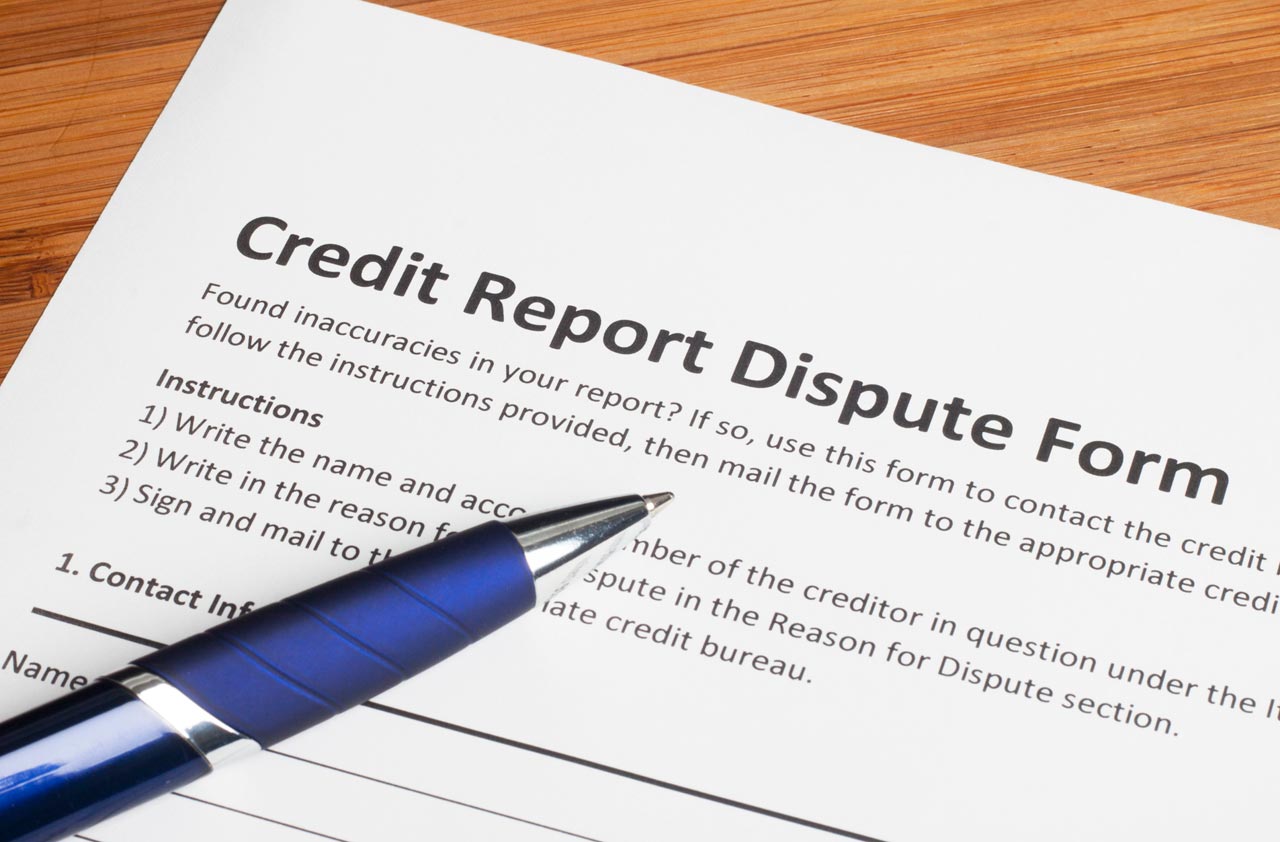Variable Annuities With Guarantees Lose Appeal
Many insurers have altered their payout guarantees and raised their fees as a result of the market meltdown.

What do you think of variable annuities with guaranteed minimum withdrawal benefits for retirees?
Variable annuities with guaranteed payouts used to be attractive to retirees in their fifties and sixties who needed to start taking withdrawals right away but also wanted to benefit from long-term stock-market growth with some downside protection (see Savings Guarantees You Can Trust for more information). But many insurers cut back on these guarantees and increased their fees when they introduced new contracts May 1, making the these annuities much less appealing than they had been. Since December, 90% of the top 20 insurers that sell variable annuities have altered their guarantees, according to a study by Ernst & Young's Retirement Income Knowledge Bank.
Variable annuities let you invest in the stock market through mutual fund-like accounts, and there are two popular kinds of guaranteed payouts. With guaranteed minimum withdrawal benefits, you can take out up to a certain amount every year -- 5% or 6% of your initial investment had been typical -- no matter how your investments perform or how long you live. Some annuities let you boost the annual guaranteed withdrawal amount if your account value increases.

Sign up for Kiplinger’s Free E-Newsletters
Profit and prosper with the best of expert advice on investing, taxes, retirement, personal finance and more - straight to your e-mail.
Profit and prosper with the best of expert advice - straight to your e-mail.
The other variation, a guaranteed minimum income benefit, also allows you to withdraw up to a certain amount each year (again, 5% to 6% had been typical). Plus, you always have the right to convert to a lifetime income stream based on the original investment amount, even if the balance in the account falls below that level. Although you give up control of your money, you may be able to increase your annual withdrawals to 8% or more. The older you are when you annuitize, the higher your payouts.
But after the market meltdown, the ratings agencies downgraded many insurers because the guarantees the insurers were offering were too generous, potentially sticking them with big payouts to annuity holders whose accounts lost a lot of money. As a result, many insurers pulled back on these guarantees and raised their fees on May 1.
For example, several insurers reduced their guarantees from 6% of the initial investment to 5% for annuities sold after May 1. They also minimized their risk by limiting the types of funds in which you can invest, eliminating some of the riskiest funds from the lineup of choices. Some now require annuity holders to keep at least 20% of their money in a fixed account. And many have raised their fees. In the past, fees for these guarantees typically ranged from 0.6% to 1.0% of your initial investment -- on top of a standard annuity fee of about 1.4% per year, plus the underlying mutual fund fees. Now, some insurers charge as much as 1.25% just for the guarantee. About a dozen insurers either stopped offering guarantees or dropped complete lines of products, says Mark Cortazzo, a certified financial planner in Parsippany, N.J.
Cortazzo used to recommend annuities with guarantees frequently to clients in the early years of retirement who needed to start receiving retirement income and wanted to keep some money invested in the stock market, but with a minimum guarantee. He's recommending this type of annuity much less after the recent changes. "It isn't nearly as attractive as it once was," he says.
If you already have one of these annuities, though, it's a good idea to hold on tight. Insurers can rarely make changes to the guarantees once the annuities have been issued, and if you cash out you could be hit with a surrender charge and tax bill. You could also get a lot less money than you expected. Say, for example, you originally invested $300,000 and are receiving guaranteed withdrawal benefits of 6% of the $300,000 every year. If your account value fell to $200,000, that's all you'd get if you cashed out. See When To Bail On Your Insurer for more information about the downsides of switching.
Get Kiplinger Today newsletter — free
Profit and prosper with the best of Kiplinger's advice on investing, taxes, retirement, personal finance and much more. Delivered daily. Enter your email in the box and click Sign Me Up.

As the "Ask Kim" columnist for Kiplinger's Personal Finance, Lankford receives hundreds of personal finance questions from readers every month. She is the author of Rescue Your Financial Life (McGraw-Hill, 2003), The Insurance Maze: How You Can Save Money on Insurance -- and Still Get the Coverage You Need (Kaplan, 2006), Kiplinger's Ask Kim for Money Smart Solutions (Kaplan, 2007) and The Kiplinger/BBB Personal Finance Guide for Military Families. She is frequently featured as a financial expert on television and radio, including NBC's Today Show, CNN, CNBC and National Public Radio.
-
 The AI Doctor Coming to Read Your Test Results
The AI Doctor Coming to Read Your Test ResultsThe Kiplinger Letter There’s big opportunity for AI tools that analyze CAT scans, MRIs and other medical images. But there are also big challenges that human clinicians and tech companies will have to overcome.
By John Miley Published
-
 The Best Places for LGBTQ People to Retire Abroad
The Best Places for LGBTQ People to Retire AbroadLGBTQ people can safely retire abroad, but they must know a country’s laws and level of support — going beyond the usual retirement considerations.
By Drew Limsky Published
-
 Credit Report Error? They All Matter
Credit Report Error? They All Mattercredit & debt Don't dismiss a minor error. It could be the sign of something more serious.
By Kimberly Lankford Published
-
 Insurance for a Learning Driver
Insurance for a Learning Driverinsurance Adding a teen driver to your plan will raise premiums, but there are things you can do to help reduce them.
By Kimberly Lankford Published
-
 Getting Out of an RMD Penalty
Getting Out of an RMD Penaltyretirement When your brokerage firm miscalculates your required minimum distributions, you have recourse.
By Kimberly Lankford Published
-
 529 Plans Aren’t Just for Kids
529 Plans Aren’t Just for Kids529 Plans You don’t have to be college-age to use the money tax-free, but there are stipulations.
By Kimberly Lankford Published
-
 When to Transfer Ownership of a Custodial Account
When to Transfer Ownership of a Custodial Accountsavings Before your child turns 18, you should check with your broker about the account's age of majority and termination.
By Kimberly Lankford Published
-
 Borrowers Get More Time to Repay 401(k) Loans
Borrowers Get More Time to Repay 401(k) Loansretirement If you leave your job while you have an outstanding 401(k) loan, Uncle Sam now gives you extra time to repay it -- thanks to the new tax law.
By Kimberly Lankford Published
-
 When It Pays to Buy Travel Insurance
When It Pays to Buy Travel InsuranceTravel Investing in travel insurance can help recover some costs when your vacation gets ruined by a natural disaster, medical emergency or other catastrophe.
By Kimberly Lankford Published
-
 It’s Not Too Late to Boost Retirement Savings for 2018
It’s Not Too Late to Boost Retirement Savings for 2018retirement Some retirement accounts will accept contributions for 2018 up until the April tax deadline.
By Kimberly Lankford Published